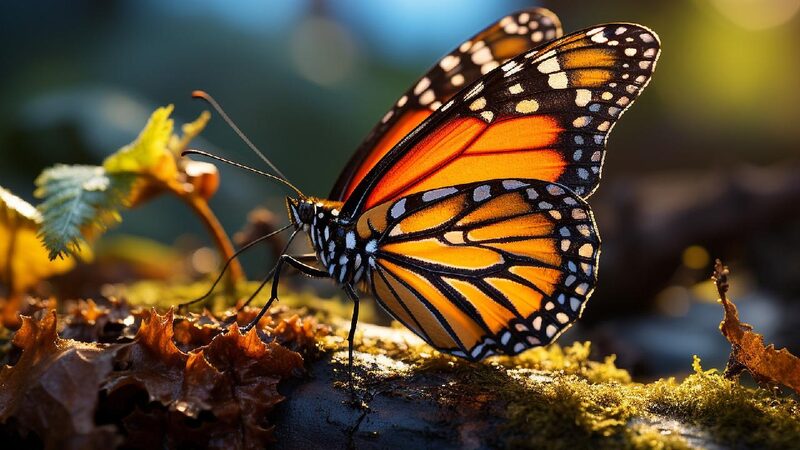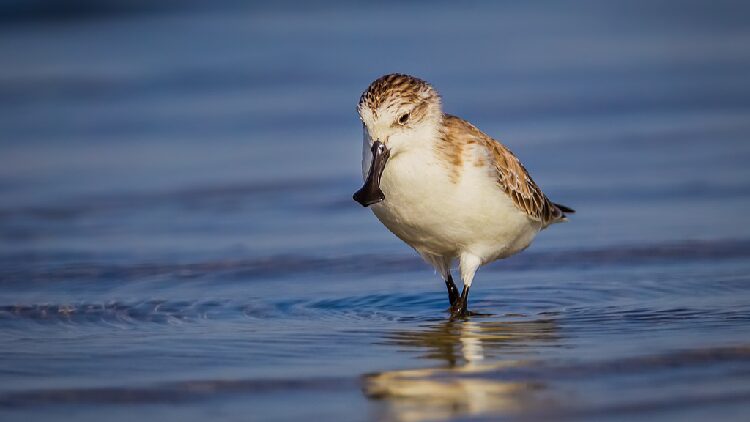Monarch butterflies, renowned for their vibrant colors and astonishing migrations, are facing a significant decline in their populations. Every autumn, these delicate creatures embark on an epic journey to specific overwintering sites in central Mexico and coastal California. These locations offer a perfect balance of temperatures, shielding them from freezing and preventing excessive energy loss.
However, over the past four decades, the number of monarchs reaching these sites has plummeted. Reports indicate an 80% decrease in monarchs overwintering in Mexico between 2007 and 2023, and a staggering 95% drop in California. In response to this alarming trend, the U.S. Fish and Wildlife Service is considering listing monarchs as a threatened species under the Endangered Species Act, with public comments open until March 12, 2025.
Several factors contribute to the monarchs’ decline at their overwintering sites. Parasites affecting their health, increased roadkill incidents, and climate change disrupting migration patterns all play a role. Additionally, warmer temperatures have led some monarchs to skip migration altogether, further impacting population numbers in traditional overwintering areas.
Interestingly, studies reveal that monarchs remain abundant in their summer breeding grounds. Research from 2022 and a genetic study in 2023 found no overall decline in monarch numbers during this period. Surprisingly, habitat changes from agriculture have sometimes increased the availability of milkweed—the primary host plant for monarch larvae.
The monarchs’ resilience is partly due to their prolific breeding habits. Female monarchs lay hundreds of eggs during the breeding season, allowing populations to rebound despite winter losses.
To support monarch populations, the U.S. Fish and Wildlife Service proposes protecting winter habitats and planting suitable flowering plants along migration routes. However, some suggested measures, like raising butterflies in captivity or planting nonnative milkweed species, have raised concerns. These actions could inadvertently spread diseases or disrupt natural migration behaviors.
Experts agree that conservation efforts should prioritize improving migration corridors and safeguarding overwintering sites. While well-intentioned, interventions not grounded in scientific evidence might harm the very species they aim to protect.
Monarch butterflies serve as powerful symbols of nature’s beauty and resilience. Effective conservation requires informed actions that support their natural life cycles, ensuring these magnificent insects continue to grace our skies for generations to come.
Reference(s):
Protection for monarch butterflies: Potential benefits and risks
cgtn.com








